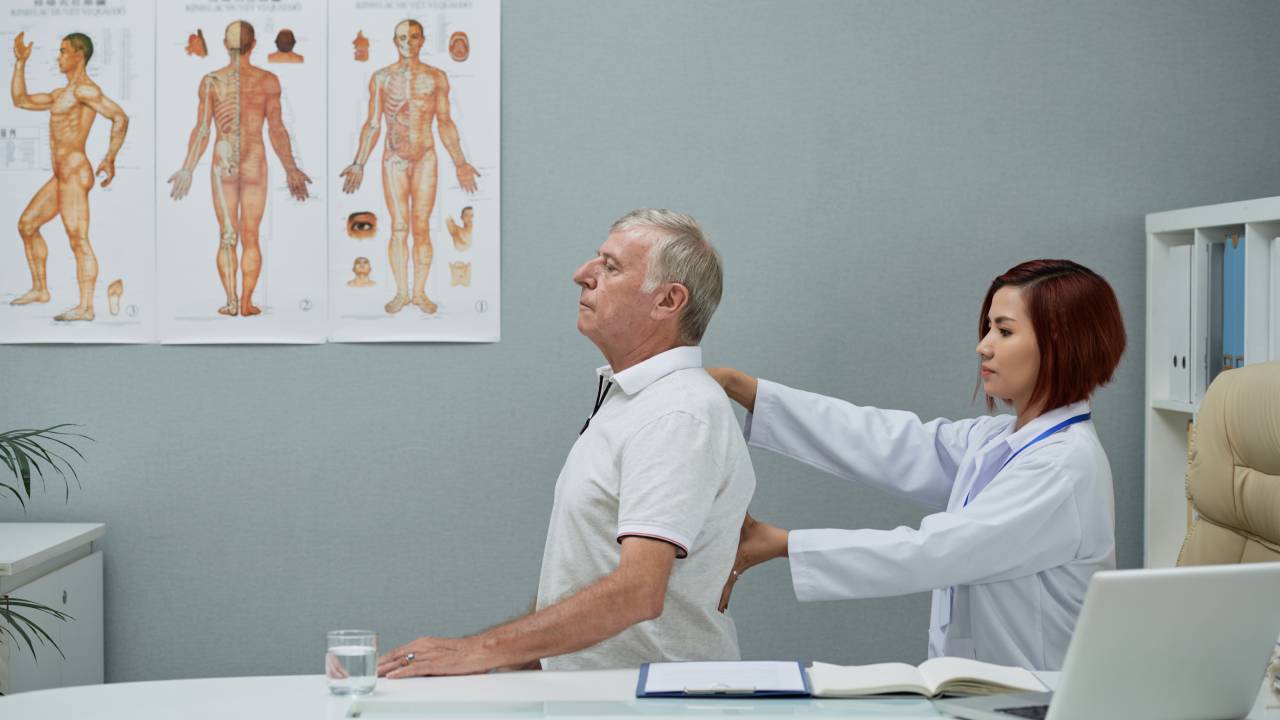Jul
28
2025

Persistent aches, joint tightness, and muscle fatigue are often thought of as things you just “live with.” But that’s rarely necessary. Pain, especially when it creeps in quietly over time, is usually linked to a few everyday behaviours. It isn’t always caused by injury—it’s often the result of inactivity, posture, repetitive movement, or tension. So what can be done?
Physiotherapists regularly help people address pain using movement strategies and preventative routines. If you’ve ever visited a physiotherapy clinic in Ajax, you may already know that their approach often extends beyond treatment tables. It’s about sustainable, daily changes that support the body’s natural ability to repair and move better.
This article explores six habits physiotherapists commonly suggest—not quick fixes, but manageable routines that can help you feel different over time.
If pain becomes part of your daily life, it slowly affects your mood, energy levels, sleep quality, and even the way you move. Eventually, people begin to guard their movements or avoid certain tasks altogether. Over time, that inactivity can make pain worse.
That’s why daily habits are a central part of many treatment plans at any reputable physiotherapy clinic in Ajax. The goal isn’t to just treat pain once it shows up, but to gradually make your body more adaptable, mobile, and less prone to tightness or strain.
Physiotherapists focus on what you do outside the clinic as much as what you do inside. These six habits represent a proactive way to support your recovery—or better yet, to avoid recurring pain altogether.
You don’t need a full routine overhaul. Instead, start small. Integrate one or two habits into your day, build consistency, and gradually expand. Think of it as movement nutrition—frequent, manageable portions that support long-term resilience.
Here are six habits that physiotherapists often recommend.
Before jumping into the day, spend 5–10 minutes moving key joints through full ranges of motion. Neck tilts, shoulder rolls, cat-cow stretches, and ankle circles activate circulation and reduce stiffness that develops overnight.
Whether you’re waking up with a tight lower back or general sluggishness, movement-based mornings are a core strategy used at any physiotherapy clinic in Ajax. It’s a simple way to remind your body to stay active and aware right from the start.
Work-from-home culture has increased the number of people visiting a physiotherapy clinic in Ajax for desk-related pain. Whether it’s forward head posture, rounded shoulders, or lower back strain, the root often comes from sustained positions.
To counteract this:
These micro-adjustments reduce muscle fatigue and maintain joint alignment over the course of the workday.
Water helps maintain tissue elasticity and joint lubrication—key components in managing pain and inflammation. Most adults don’t drink enough, which can contribute to muscular tension or even headaches.
Physiotherapists regularly remind clients to:
It’s a foundational habit, yet it directly influences how well your body responds to activity or therapy.
You don’t need to go to a gym. A short walk, stair climb, yoga session, or home routine—if done consistently—has a measurable impact on pain.
This habit:
It’s common for a physiotherapy clinic in Ajax to include simple home exercises in your care plan, even if you’re not in active pain. The point is to keep movement a daily expectation for your body.
After a long day of sitting, driving, or standing, tight muscles can lock up. Ending your day with a gentle, 10-minute stretch routine can ease tension and improve sleep quality.
Focus on:
Physiotherapists often use bedtime routines as an anchor for recovery-based movement. The idea is not just to “stretch it out” but to cue the body into rest mode.
Pain doesn’t always shout—it often whispers first. That dull ache, that pinching sensation when you reach for something—these are signals. Physiotherapists train clients to listen to their body and respond early rather than waiting for a breakdown.
Ask yourself:
By checking in regularly, you prevent minor issues from turning into bigger setbacks. A physiotherapy clinic in Ajax may teach you how to interpret these signals and modify your activity accordingly.
Pain is complicated but the strategies to manage it don’t have to be. These six daily habits are simple, accessible, and grounded in real-world application. They’re not quick tricks, but long-view adjustments to how your body moves, recovers, and adapts.
If you’re looking for individualized advice or need help figuring out where to start, consider reaching out to a physiotherapy clinic in Ajax for guidance.
Neurosync Physiotherapy & Rehab offers assessments and structured movement strategies for people ready to shift from pain management to better movement outcomes.